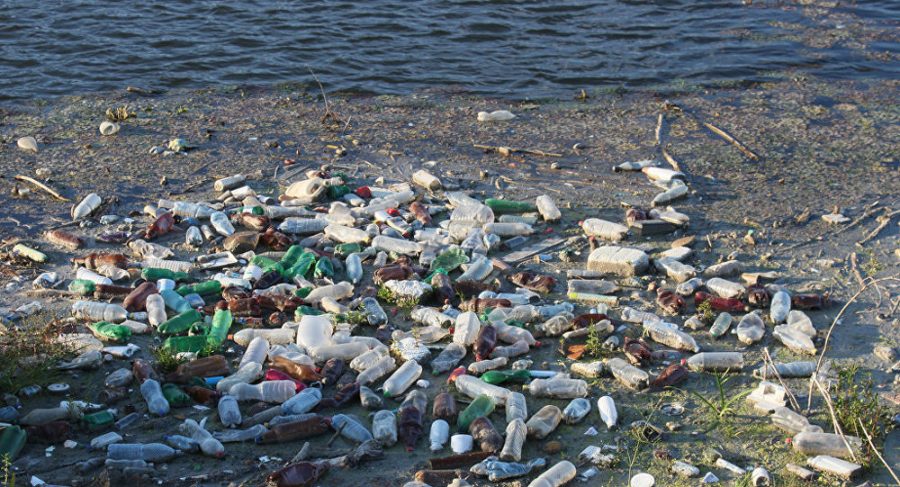Real-life garbage island
Garbage piles up off the coast of California
The average person throws away around 4.40 pounds of garbage a day. But how many think about where their garbage goes? Most garbage, of course, ends up in landfills; however, according to The Atlantic, research shows that garbage can also travel to dumps, recycle centers or composting centers. Garbage can also float away to places like streets, beaches and most importantly, oceans. So how much of a surprise is it that humans have discovered a real-life garbage island?
Called the Great Pacific Garbage Patch, the island is located between the coasts of California and Hawaii. Although discovered in 1990, the mass was not cleaned up and now has grown to more than 600,000 square miles, more than twice of the size of Texas.
The mass weighs around 880,000 tons and is made up of around 1.8 trillion pieces of plastic. The mass is mainly made up of discarded or lost fishing nets. Researchers also believe that around 20 percent of the mass is made up of debris resulting from the 2011 Japanese tsunami. Scientists and researchers are further worried about the breakdown of plastics found in the mass, as it poses a threat to marine life in the area and beyond.
To create awareness, a creditable foundation known as the Plastic Oceans Foundation joined forces with popular entertainment magazine Ladbible to recognize the mass as a country to be titled the Trash Isles. The recognition project also included draw-ups of a flag, passports, stamps and a form of currency known as Debris. All forms of country identification includes depictions of animals being harmed by garbage, including, but not limited to, a seagull being choked by a plastic bottle carrier.
The recognition project even solicited 200,000 people, including many well-known celebrities, to become citizens, with the first citizen being former vice president Al Gore.
Ocean awareness groups have focused and developed a way to clean up this mass in around five years. The first step, currently taking place, includes the use of large floating U-shaped barriers, which cause plastic to float to a central point where it is extracted and shipped to shore for recycling, as most of the garbage is plastics.
Although already at this point in the subject of mishandled garbage, there are ways to avoid the pile up of plastics wastes, including a zero-waste lifestyle. A zero-waste lifestyle is focused on purchasing things that can be reused in all aspects of life. For instance, used diapers makeup 3.2 million tons of waste a year; a waste-free option to this is reusable cloth diapers.
The lifestyle can also carry over to food and its consumption. Dry and processed goods can be bought in bulk, in which the buyer brings their own container and fresh foods that don’t go eaten, which can then go to a compost pile to further encourage the growth of a garden.
Although the world has gotten us into this pile, there is a way to get out if everyone works together to bring attention to the garbage and plastics surplus that does not reach its right destination.



